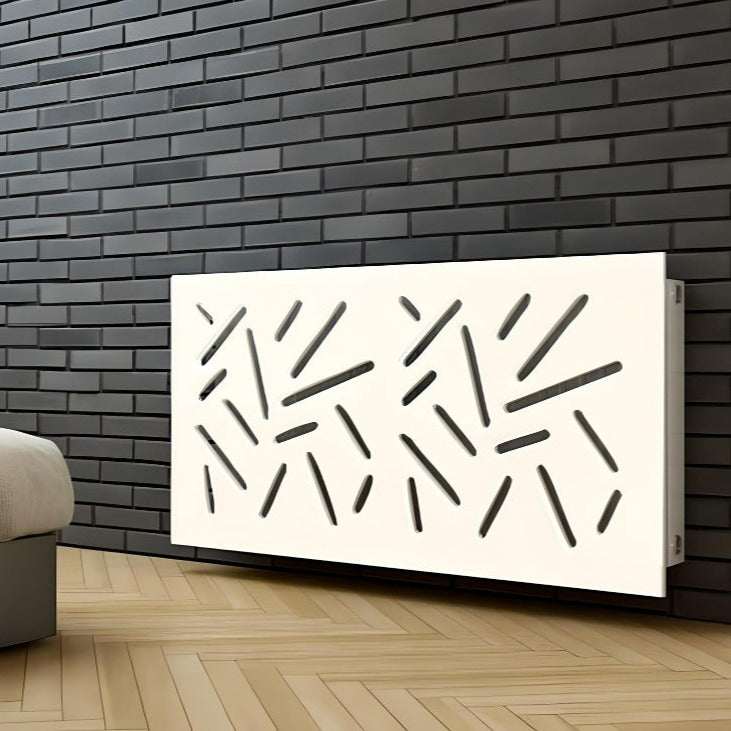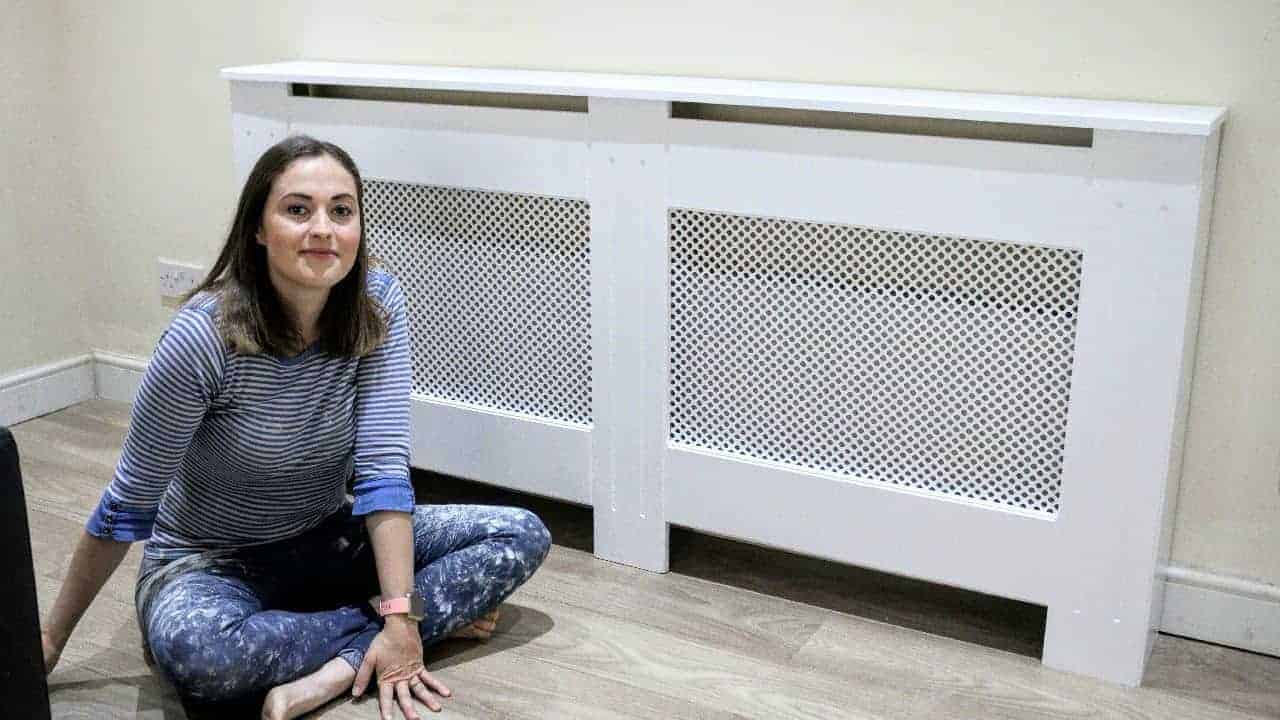Radiator Covers: Recognizing Products, Designs, and Benefits
Radiator covers offer both aesthetic and practical functions within a home, using an array of materials such as mdf, hardwood, and steel to suit different design preferences. Selecting the appropriate radiator cover involves comprehending the subtleties of materials, designs, and their connected advantages.
Sorts Of Materials


Wood covers, usually crafted from woods such as oak or maple, supply a classic, cozy appearance that matches traditional interiors. Their resilience and capacity to be tarnished or repainted contribute to their convenience. Metal covers, normally made from steel or light weight aluminum, are favored for their toughness and modern-day look, frequently including sleek lines that improve modern spaces.
MDF, a produced wood item, is prominent for its cost-effectiveness and simplicity of modification. It can be repainted or ended up to match existing design while supplying a smooth surface. Plastic covers, while much less typical, are light-weight and immune to wetness, making them appropriate for damp settings.
Eventually, the selection of material for a radiator cover must align with the home owner's design choices, practical demands, and the certain environment where the cover will certainly be set up. Each material supplies a distinct personality, guaranteeing that there is a choice to match every preference and setting.
Popular Style Styles
Stressing aesthetic appeal, preferred design styles for radiator covers reflect a variety of preferences and indoor layout patterns. Standard styles frequently include elaborate woodwork and ornate describing, making them appropriate for vintage-inspired or timeless interiors. These covers commonly integrate sculpted aspects, providing a cozy and welcoming feeling to any room.
On the other hand, contemporary designs concentrate on minimalist looks, characterized by clean lines and underrated sophistication. Materials such as steel or smooth timber with a smooth finish are commonly used, enabling these covers to mix seamlessly right into modern spaces. Industrial styles, on the various other hand, welcome basic materials like subjected metal and concrete, including a bold statement to loft or metropolitan settings.
For those seeking an unique touch, bespoke styles provide customization alternatives that deal with individual preferences, making it possible for house owners to choose shades, patterns, and materials that match their decor. Additionally, farmhouse-style covers incorporate rustic elements, including troubled wood and basic kinds that stimulate a relaxing, nation charm.
Advantages of Radiator Covers
Radiator covers not just improve the aesthetic charm of a room however also offer several useful advantages that make them a worthwhile enhancement to any home. Among the primary benefits is safety and security, particularly in houses with animals or youngsters. Covers minimize the risk of burns from hot radiator surface areas, guaranteeing a more secure setting.
Furthermore, radiator covers can improve power efficiency. By routing warm right into the area as opposed to allowing it to leave, they help maintain a consistent temperature level, decreasing heating prices in time. This is especially beneficial in older homes where radiator systems may this be less efficient.
One more remarkable advantage is sound decrease. Radiators can sometimes create unwanted noises during procedure, and covers can aid smother these noises, adding to an extra calm space. Radiator covers can be useful, supplying additional storage or display area, therefore taking full advantage of the utility of often-overlooked areas.
Lastly, they can secure radiators from dirt and debris, which can prevent effectiveness and boost upkeep requirements. With these integrated benefits, radiator covers emerge as a functional remedy for enhancing both the performance and style of any kind of home atmosphere.
Installment Factors To Consider
Mounting radiator covers needs mindful factor to consider to make certain both capability and security (Radiator cover). First, assess the measurements of your radiator and the surrounding room to guarantee an appropriate fit. Accurate measurements are vital; an ill-fitting cover can block warm flow or develop safety and security threats
Following, review the product of the cover. While wood uses visual charm, steel choices might give far better toughness and warmth resistance. Think about the weight of the cover as well; larger covers might call for extra support or reinforcements to prevent sagging or damages over time.
Ventilation is an additional essential element. Covers need to include appropriate air flow to avoid overheating and maintain efficient heating. Look for designs with slats or perforations that allow warmth to circulate without obstruction.
Furthermore, ensure that the cover is safely placed to avoid accidents, especially in homes with children or pet dogs. Radiator cover. It's advisable to follow the manufacturer's installation standards carefully and, if necessary, get in touch with a specialist for intricate setups
Maintenance and Care Tips
Appropriate maintenance of radiator covers is vital for ensuring their longevity and optimal performance. Routine home cleansing is vital; dust and particles can gather, obstructing air flow and minimizing warmth performance. Use a soft, moist towel or a microfiber duster to gently clean the surface area, preventing severe chemicals that may harm the finish. For painted or wood covers, take into consideration an ideal gloss or safety finishing to maintain their look.
Check the covers periodically for indicators of wear or damage, such as cracks or peeling off paint. Attending to these problems without delay can stop additional wear and tear. Ensure that the covers are securely fastened and look for any type of loose screws or fittings, as vibrations from the radiator can loosen them over time.
In cooler months, avoid placing hefty objects or attractive items in addition to the radiator covers, as this can hamper heat circulation and cause unnecessary stress to the structure. Lastly, think about seasonal upkeep by eliminating the covers for complete cleansing and assessment throughout warmer months when the heater is non-active. Embracing these straightforward care pointers will certainly boost the efficiency and visual charm of your radiator covers, ensuring they serve their purpose efficiently for many years to come.

Conclusion
In recap, radiator covers serve as visual and practical enhancements to domestic areas. Mindful consideration of setup and maintenance basics more guarantees the durability and effectiveness of radiator covers in any type of home environment.
Radiator covers offer both useful and aesthetic purposes within a home, providing a range of products such as mdf, steel, and wood to match various style preferences. Selecting the appropriate radiator cover entails understanding the nuances of materials, designs, and their linked benefits.Emphasizing aesthetic appeal, preferred style styles for radiator covers show a variety of tastes and indoor style patterns.Radiator covers not just improve the visual charm of a space however likewise offer numerous practical benefits that make them a rewarding enhancement to any type of home. Consider the weight of the cover as well; heavier covers may call for added support or reinforcements to stay clear of sagging or damages over time.